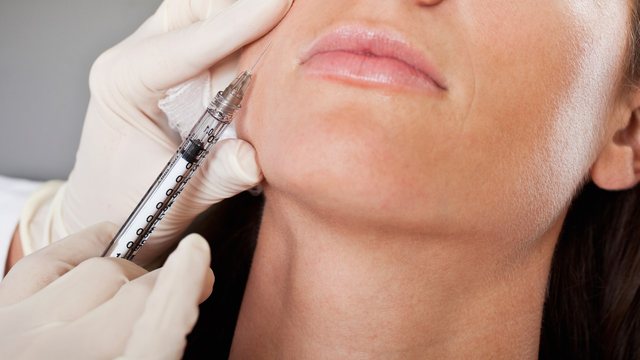
Simply put, "Baby Botox" uses a lower volume of bototox than a traditional injection to soothe fine lines and wrinkles. "Instead of using 25 units in one area, you can use 10 units," Melissa Doft tells Allure magazine, a board-certified plastic surgeon in New York City. "I have a lot of patients who require half the normal dose, as they do not want to look frozen, but they are tired of the wrinkles in the picture. Occasionally patients with botox are perfect for this."
In addition to the volume of product used, Baby Botox is about technique, says Doris Day, a New York City-certified dermatologist and author of Beyond Beautiful. "If you are very precise about where you put the product, you can use lower doses," she says. These super targeted micro injections provide the most natural and convenient look, which is why Baby Botox is so coveted.

Here's everything you need to know about Baby Botox.
1. This is not an injection that everyone does
Botox often leaves patients looking a little frozen, but this is the fault of bad technique, not necessarily of the procedure itself. "In a lot of places where there is not a trained aesthetic doctor who does injections, it is really number injections," she says. The problem with this is that no face, or even two sides of a face, are the same. Baby Botox gets the exact opposite method. The purpose of targeted injections for teens is about personalization. "For me, the purpose of Botox is to rebalance and rejuvenate your face so that you look your best," Day says.

2. Can be used to prevent lines wrinkles
Baby Botox's delicate nature makes it perfect for those hoping to prevent lines in the first place by starting treatment in their 20s. "Baby Botox is designed for patients who are on the newest edge of the spectrum of Botox users who want to prevent wrinkles from forming," says Doft. The idea is to prevent wrinkles before they are formed using Botox to manipulate the way the wrinkle-causing muscles move.
3. It's potentially cheaper
Using less product should mean spending less money, right? Probably, but not necessarily. In some practices, the cost of the actual product sets the price, but in others, the cost of treatment is based on the set of sessions, not the product.





